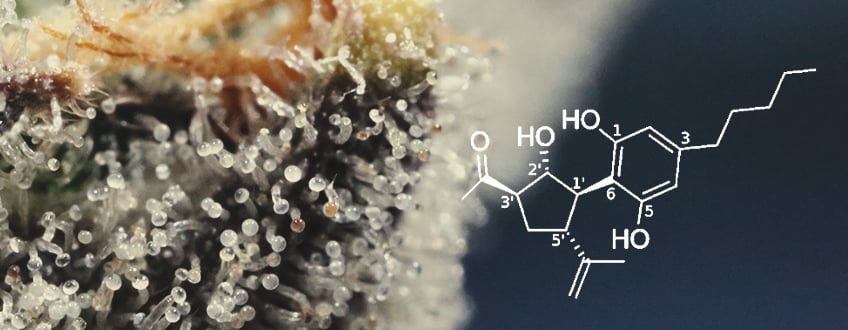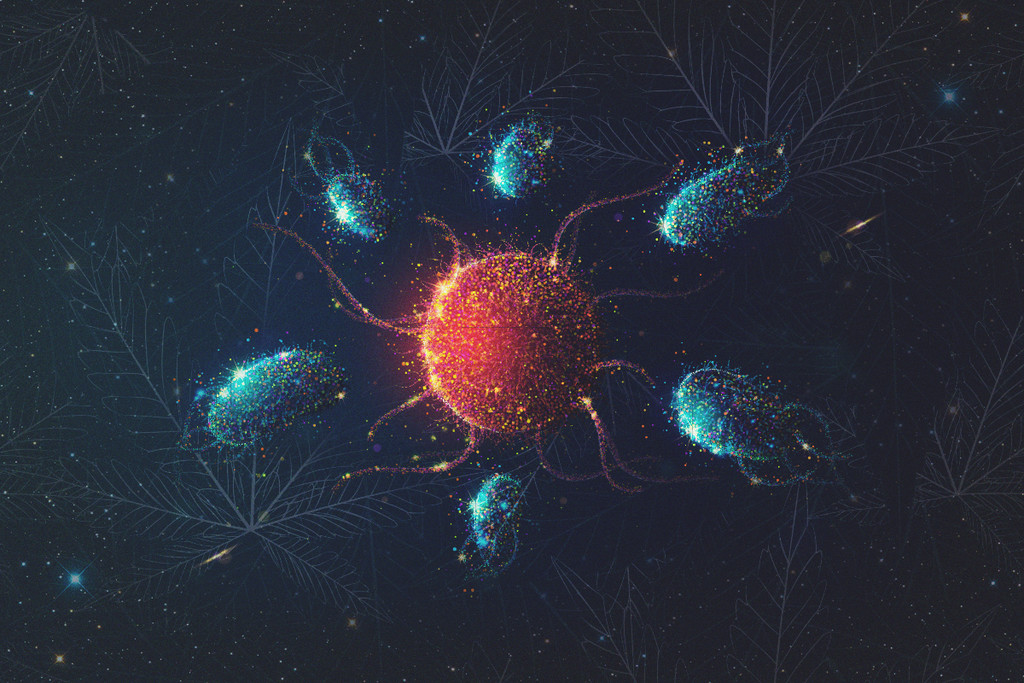.

Meet CBM, A 'New' Cannabinoid Extracted From Hemp
A new cannabinoid has entered the scene. CBM, or cannabimovone, was recently found in Carmagnola industrial hemp and analyzed with advanced methods. This phytocannabinoid may well have some unique benefits! Read everything science has discovered so far about CBM.
Contents:
As science digs deeper into the chemical structure of the cannabis plant, more interesting substances are coming to the fore. In the last 20 years, many more phytocannabinoids than just THC and CBD have been analyzed and categorised. The relevance of other compounds, such as terpenes and flavonoids, in determining the final effect of a cannabis strain has also been more or less accepted among researchers.
THE CANNABINOID FAMILY IS EXPANDING
The cannabinoid family has been subject to increasing research, and today is being probed for its potential in a wide range of settings. At RQS, we are constantly following this progress and sharing our findings with you. For information on two promising “new” cannabinoids, see our posts on THCV and CBG.
At the beginning of 2020, two previously unidentified cannabinoids were found in the Carmagnola hemp strain, a local Italian landrace. They were named THCP and CBDP (tetrahydrocannabiphorol and cannabidiphorol). Following that discovery, the same research group took other samples of the strain to deepen their analysis on CBM, or cannabimovone, a cannabinoid that works differently than THC and CBD.
NEW STUDY WELCOMES CANNABIMOVONE INTO THE CANNABIS WORLD
Very little was known about the non-intoxicating minor cannabinoid CBM until a study[1] by a group of Italian universities and research centers was published in the March 2020 issue of Molecules. The last research on CBM was conducted in 2010[2], determining a biological profile similar to CBD. This new study identified and characterised cannabimovone using a combined computational and functional analysis method, also relying on 3D modeling to understand the possible bindings between CBM and any kind of receptor found in the human body.
Under lab conditions, researchers concluded that CBM’s biochemical interactions in humans can increase genes that regulate adipocyte differentiation and prevent insulin signaling impairment. In lay terms, this means the minor cannabinoid might be useful in promoting healthy insulin levels and metabolism.

PPAR RECEPTORS AND CBM MECHANISMS
CBM has been found to bind with various receptors in the human body, with a particular affinity for PPARγ. Peroxisome proliferation-activated receptors PPARα and PPARγ are involved in the regulation of hormone levels as well as internal organ cell generation. They also play a fundamental role in energy homeostasis, lipid metabolism, and metabolic regulation.
Within the cannabinoid family, THC and CBD are antagonists of these receptors, while CBM was shown to act as an agonist of the PPARγ receptor.
TIME FOR CANNABIMOVONE-RICH STRAINS?
This new study represents a step towards a better understanding of how CBM, and cannabinoids in general, may interact with the human body’s receptors, which in this case are not part of the endocannabinoid system[3]. Future research on CBM might unveil if its influence on PPARs could be exploited to good use.
Since other cannabinoids, including THC and CBD, are known to interact with metabolism, perhaps CBM will be included alongside other cannabinoids and terpenes in comprehensive cannabis extracts.
This kind of research stresses the importance of full-spectrum cannabinoid products that contain minor cannabinoids to improve the effect of the main cannabinoids THC and CBD. The relatively high content of CBM found in Carmagnola may encourage breeders to cross this industrial hemp cultivar with other strains to create new varieties with useful contents of CBM. In the meantime, the cannabinoid has been synthesised[4] in a lab, as well as its close relative anhydrocannabimovone.
- Molecules | Free Full-Text | Identification and Characterization of Cannabimovone, a Cannabinoid from Cannabis sativa, as a Novel PPARγ Agonist via a Combined Computational and Functional Study https://www.mdpi.com
- Cannabimovone, a Cannabinoid with a Rearranged Terpenoid Skeleton from Hemp https://chemistry-europe.onlinelibrary.wiley.com
- An introduction to the endogenous cannabinoid system https://www.ncbi.nlm.nih.gov
- Europe PMC https://europepmc.org





































